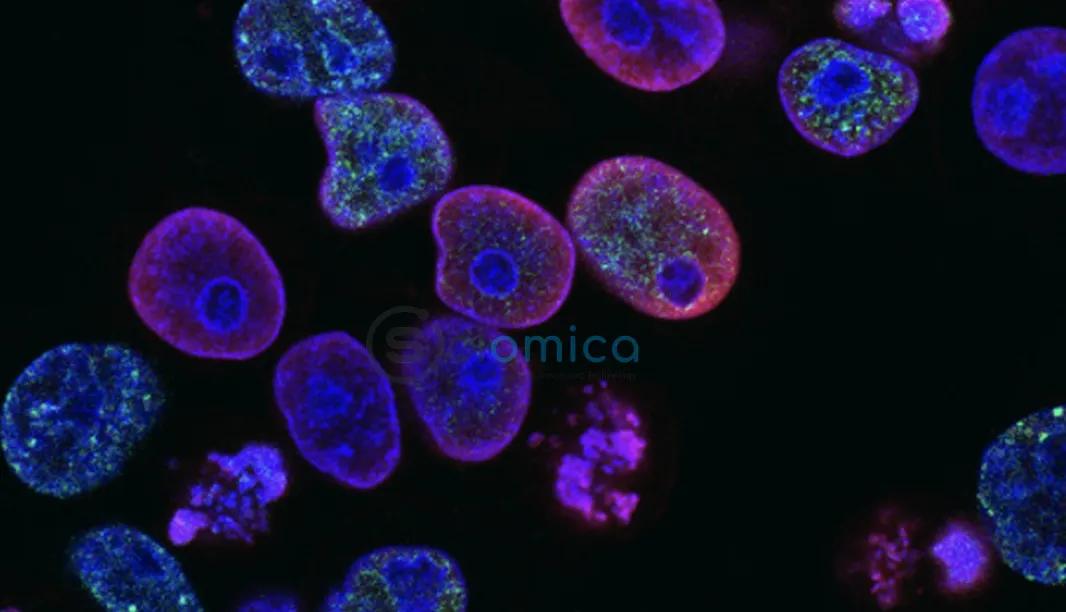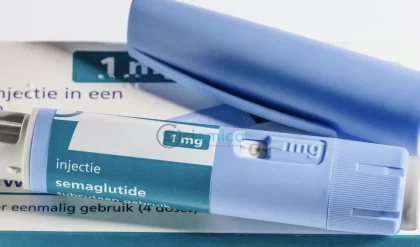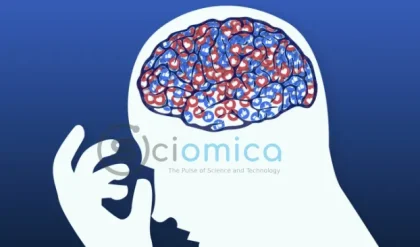
In a groundbreaking advancement for the treatment of rare mitochondrial diseases, researchers from the Netherlands have developed a method to correct damaging mutations in mitochondrial DNA using a sophisticated gene-editing tool. This innovative approach marks a significant step forward in the quest to find effective therapies for conditions that have long been deemed untreatable.
Mitochondria, often referred to as the powerhouses of the cell, play a crucial role in producing energy necessary for cellular functions. Unlike the nuclear DNA found throughout most of a cell, mitochondria contain their own unique DNA, which is inherited maternally. Mutations within this mitochondrial DNA can lead to various disorders, resulting in severe developmental, metabolic, or neurological complications.
Historically, gene editing techniques such as CRISPR have transformed the landscape of genetic disease treatment. However, these techniques face limitations, particularly when attempting to target mitochondrial DNA, as their ability to penetrate mitochondria is insufficient. The Dutch research team has successfully tackled this challenge with their pioneering work.
The team utilized a novel gene-editing technology known as a “base editor,” which allows precise alterations to specific nucleotide bases in mitochondrial DNA without the need to cut the DNA strands themselves. Specifically, they employed a type of base editor known as DdCBE, or double-stranded DNA deaminase toxin A-derived cytosine base editor, which is capable of converting cytosine bases into thymine bases.
In their studies, the researchers first introduced a mutation into liver cells that disrupted normal energy production. Subsequently, they applied the same base-editing tool to skin cells derived from a patient suffering from Gitelman-like syndrome—a condition associated with mitochondrial dysfunction. Notably, the correction of the mutation in these patient-derived cells restored important indicators of healthy energy metabolism.
Moving beyond the laboratory, the team sought to enhance the delivery method of their editors for greater safety and efficiency. Rather than employing traditional plasmid vectors to insert DNA into cells, they delivered the editing tools in the form of messenger RNA (mRNA) encapsulated in lipid nanoparticles. This innovative delivery system proved to be less toxic, more effective, and significantly increased the accuracy of the genetic edits. Remarkably, the researchers reported minimal unintended modifications in the nuclear DNA of the cells, indicating a high level of precision in their approach.
The authors of the study highlight the potential of mitochondrial base editing, not only in modeling diseases but also as a promising therapeutic intervention for mitochondrial disorders. “Mitochondrial patients have long been unable to benefit from the CRISPR revolution, but with this technology, we can finally correct mitochondrial mutations effectively,” they noted. The investigation utilized human liver organoids to develop a model of mitochondrial disease, while employing techniques suitable for clinical applications to rectify a mutation in the mitochondrial DNA of patient-derived cells.
This research represents one of the first instances demonstrating an effective and practical correction of mitochondrial DNA mutations in human cells. Such advancements offer hope for the development of new therapies aimed at diseases that have previously lacked effective treatment options.
As the scientific community continues to explore the implications of this pioneering technique, the potential for clinical trials and the development of real-world treatments for mitochondrial disorders is on the horizon. The study brings forth optimism, especially for the population afflicted by these debilitating conditions, heralding a novel era in mitochondrial medicine.
The findings from this study were published in the journal PLOS Biology, signaling a crucial milestone in the ongoing efforts to harness gene editing for therapeutic gains in mitochondrial health. Further research will be imperative for translating these breakthroughs into tangible clinical solutions for patients grappling with mitochondrial diseases.






